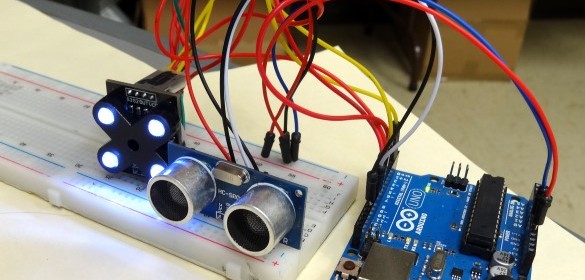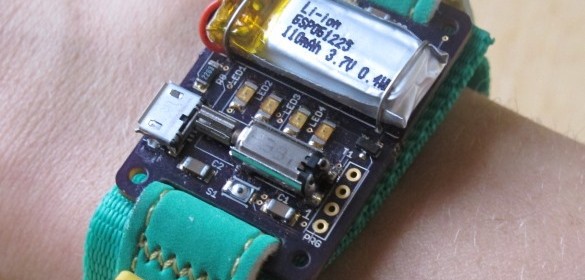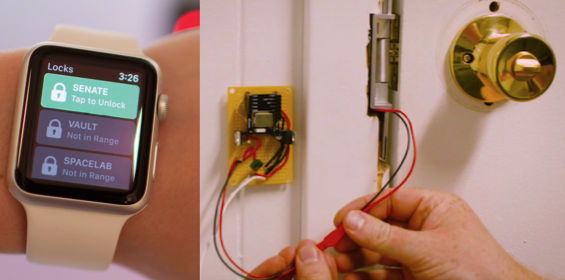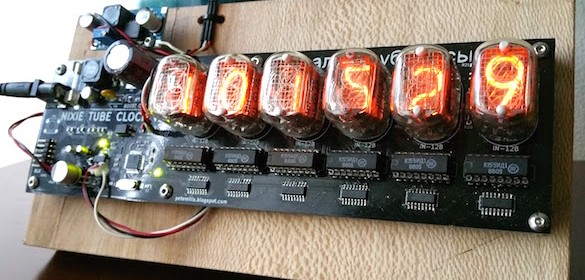Marc Jensen, James Squires, and Shawn Roske over Make have posted great instructions on making an Apple watch door unlocker using RFduino, which can unlock your front door with just a tap on an app. We started this project to help solve a real-world problem: prevent our employees from being locked out of our office. Our security system automatically locks the doors outside of normal business hours. If someone steps out of the office without their security card or keyfob, they’re locked out. When this happens, people use their phone to call or email people at the office to let them
Read more




